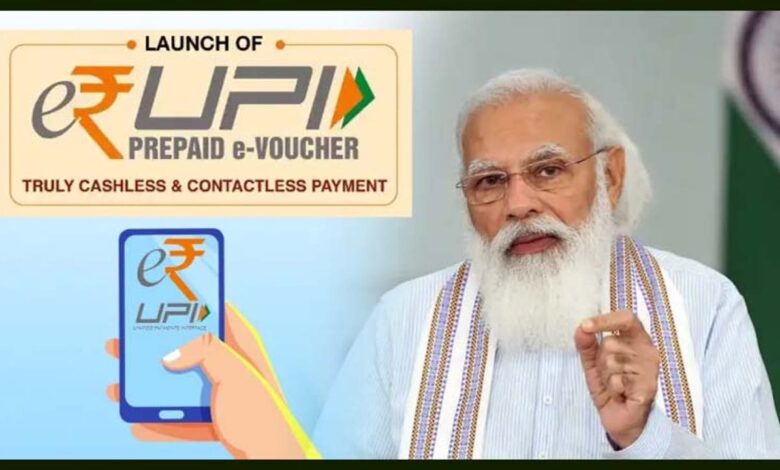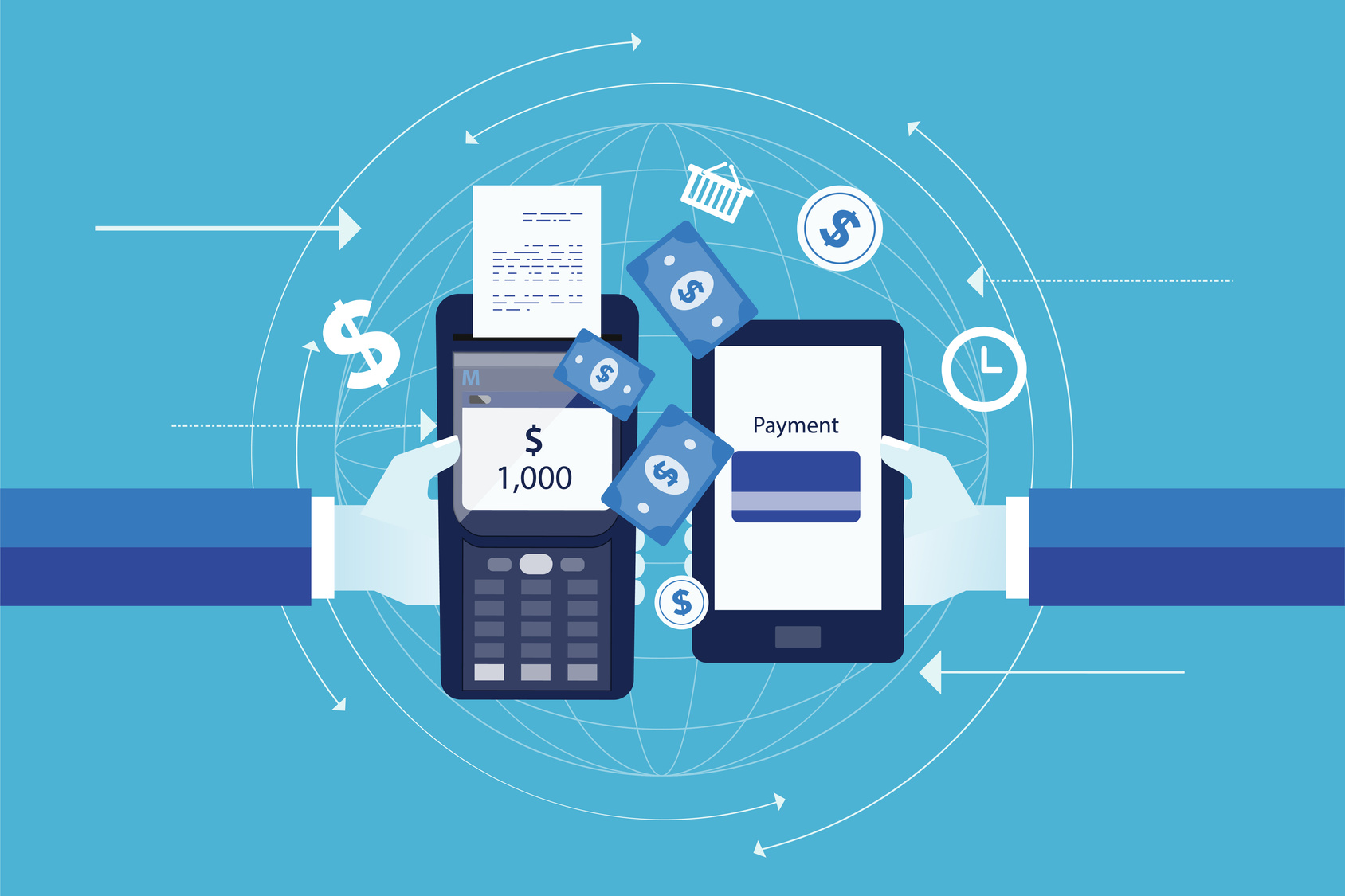The bold strategy of UPI

With over 26 billion unique users and 5 billion businesses using the network, UPI has emerged as India’s most inclusive means of payment.
On the 8th of June, 2022, the Reserve Bank of India officially allowed the users to link their credit cards to all UPI platforms, which means within some days, if you own a rupee credit card and a mobile phone, you could make your credit transactions through a UPI app without using your credit at all.

The moment this was announced, it caused such a stir that every news outlet, newspaper, and NPCI started talking about how ground-breaking this film was. This movie is so large that it might potentially change India’s whole loan sector. On the other hand, it poses a severe challenge to powerful female-owned businesses like Visa and MasterCard.
The question is, why is the credit card linking to the UPI system such a revolution for the people of India, how has it changed the lives of ordinary people like me and thousands of small businesses all across the country, and most importantly, why it is yet another lethal threat to Giant companies like Visa and MasterCard?

We must first comprehend the fundamental workings of the card payment ecosystem in order to comprehend this fully.
Consider that I have an HDFC with a credit limit of 1 lakh rupees and that Alan Poly is a garment retailer with an ICICI bank account. As a result, ICICI becomes the acquiring bank and HDFC the issuing bank. When I enter the information for my HDFC card to pay 10,000 rupees, a transaction between us is carried out in the backend in this manner. My credit card information is gathered by the website and sent to Razer, the merchant’s payment gateway. Razer Pay adds value by making it easier for businesses to accept payments via credit cards, debit cards, and UPI.
Due to the fact that I am using a credit card to make the purchase, Razor Pay will obtain the details of my card and the transaction amount and give them to the merchant’s bank, in this case, ICICI. From that point forward, ICICI will record the transaction and send the data to my Visa credit card network. Here, Visa decides the transaction with my bank, HDFC, and requests permission. In essence, Visa is requesting information about my account status and whether I have sufficient funds from the HDFC system.
Therefore, if my card is blocked, this transaction will be denied. Likewise, if my credit limit is insufficient, this transaction will also be declined. Similar to how a debit card transaction would be refused if I didn’t have enough money on the card, a credit card transaction would be authorised if everything went smoothly and I had the necessary credit limit. Authorization is the name of this approval procedure. After then, HDFC replies to Visa with a statement that everything is in order and issues and sends an Authorization code along with the response.
In this manner, a $10,000 hold is placed on my HDFC account. The acquiring bank, which is ICICI, receives permission from Visa and routes it to Razor Pay, the merchant’s payment processor, who then routes it to the merchant terminal, which, depending on the airport, prints a receipt for the consumer to sign. You will therefore see a digital receipt if it is a website. You will receive a printed receipt if it is a swipe machine. The transaction is handled in this manner.
Let’s move on to the process’ business component now. Together, the issuing bank or the customer bank and the credit card network charge their fees to complete this transaction, totalling 3%, or 300 Rupees. This amount might be anywhere between 1% and 3%.
Assuming 3% costs on 10,000 Rupees, Rs 300 will be taken out, and Rs 9700 will be deposited to the merchant’s account in this example. The merchant discount rate, or MDR, is the name of this transaction fee. In addition, Razor would charge 0.5 per cent, which will ultimately give retailers Rs 9650. This is how the payment ecosystem as a whole processes our transactions.

It’s just that for debit cards, there are two superficial differences; instead of a Credit Limit, the account gets deducted directly from your bank account. So the repayment process is eliminated. Secondly, the MDR for credit cards is way more than for debit cards. So while debit cards MDR is capped at 0.9 per cent, for credit cards, the MDR is typically 1% – 3%.
This MDR will now be divided into two variables: the first is termed the Interchange Fee, and the second is called the Switching Fee. If you look attentively, you may see that this issuing bank is effectively taking a chance by handing the merchant Rs 10,000 on your behalf. De-worth risking’s must consequently be offset by the issuing. Based on this, the customer’s bank charges the merchant’s bank an interchanged fee.
Second, in order to complete this transaction, Visa is also shelling out astronomical sums of money to keep up this enormous infrastructure and ensure that this payment is made securely. Therefore, Visa also assesses a fee to the client’s bank. It is enabling its customers to make a transaction. This fee is called the switching free.
So, MDR is not some random deductible but an essential payment made for fundamental value-adding processes that are carried out by the customer’s bank and the card network, which in this case is Visa. These two costs are subtracted as part of the merchant discount rate from the revenue of the merchant. When this happens, Indian financial players start to become very concerned.
From the Previous Statement, The government of India boldly stated that there would be Zero MDR for Rupees debit cards and UPI transactions. So if you will pay Rs 10,000 from your Debit card, the seller will receive Rs 1000 without any deduction of MDR.

To cover all of the losses the banks suffered throughout this procedure, the government spent $1300 crore over the course of one year in 2021. Credit Cards will soon be connected to UPI.
Everyone worries that the RBI may implement Zero MDR on credit card transactions. The question that arises is; This is such a significant step, Merchants will be able to make money without any discussions, and the customers will go more cashless. And This is already being done for debit cards. What’s Wrong with Doing with Credit Cards?
Well, there are three essential reasons for that;
(1)Your bank doesn’t risk paying merchants on your behalf when you use a debit card because the funds are moved from your account to the merchant’s account, where they already exist. When it comes to Zero MDR for Credit Cards, however, your bank takes a risk by paying your bill to the merchant on your behalf in the hopes that you will repay it. However, if Rupee Credit Cards start accumulating Zero MDR, either the banks will not be rewarded for the credit risk, or the government will once more have to cough up a sizable sum to compensate for their losses.
(2) If the Rupee incurs Zero MDR and MasterCard incurs 2.5 MTR, then automatically, the shopkeepers will stop keepers will stop accepting visas and MasterCard, so their market will collapse, and this is like nationalizing the car network market of India.
(3) This MDR is excellent for Debit Cards, but it could be a disaster for credit cards.
The question is, why are that well nearly 92 crore debit cards in India while there are only 7.4 credit cards in India? If you look at the value of payments via Debit Cards and Credit Cards in the same month, the value of debit card payments stands at 64,000 Crores, during the same month the value of payments from credit cards which is 84 crore unit, lesser than Debit Cards is still ahead at 1.07 lakh crudes.
Secondly, an average Debit Card spends 700 Rupees per card per month, and an average credit card user spends 14,000 rupees per month per card. This makes it abundantly evident that those who use credit cards are wealthier and earn significantly more money than the vast majority of those who use debit cards. The places where credit card users and debit card users use their cards will also vary vastly.
Now mind that Here We are not saying that debit card owners are poor. We are just saying that a significant chunk of debit card owners has less spending capacity as compared to a substantial piece of credit card owners. Therefore, when you say Zero MDR for Debit cards, it’s a significant step toward financial inclusion, a cashless economy, and digitalization because it is more likely to be used in villages, towns, and small villages, and for small businesses.

A variable source of income from Mastercard and Visa may be stolen if Zero MDR is applied to credit cards. Most of this money comes from India’s wealthier classes and is given to affluent business people who don’t mind paying an MDR.
If this is done, Visa and MasterCard will have no incentive whatsoever to operate in India, and sooner enough, if they quit India, two things will happen ;
(1) the government will have to take an entire load of compensation for the losses incurred by the banks which is going to be enormous
(2)The government’s payment system will develop a monopoly if the current administration changes tomorrow and chooses to function as a conventional government agency. Everyone is aware of the potential pitfalls of UPI.
Due to this, many people are hoping that the government will either continue to apply MDR as usual or will institute Zero MDR for transactions totalling 1000 Rupees or less, allowing the lower economic strata to benefit without jeopardizing the income of Visa and MasterCard, which primarily rely on high-end customers to generate revenue.
These are the concerns of the merchant discount rate and the linking of credit cards to UPI. This brings us to the exciting part of this episode and the incredible advantages this linking will get for the businesses, the economy, and, most importantly, the people of India.
Here are the most incredible advantages that UPI’s credit card linking could bring to India’s people. Firstly, from the business standpoint, there are only 6 million card-accepting points of sale machines in India, whereas there are 50 million merchants accepting UPI payments. So you see, the scope of using a credit card will be explored by 45 million merchants just because of this UPI linking to Credit Cards.
Secondly, if the government launches a UPI-based microfinance loan line. That would be completely absurd. For instance, the government might offer a 500 Rupee credit to someone earning a daily income like Raju, and once he pays it back, it might increase to 1,000 Rupees, 2,000 Rupees, and so on. As the credit worthiness of an individual increase, the government keeps on expanding the line of credit.
After a sure cap of, say, 10,000 Rupees, Raj could use his credit history to get bigger loans from SBI. This way, the government could take financial inclusion to a whole new level in India, and from Bangladesh Episodes, we already know the power of microfinance.
Thirdly, did you know that handling accounting and maintaining cash caused the economy of our country 2 per cent of our entire GDP(Gross Domestic Product), which is about 2.7 lakh crore rupees? That is a lot of money to manage money. If even a tiny portion of this wealth is converted to digital currency, the Indian government will have a fantastic opportunity. India’s options are virtually limitless when combined with direct benefit programs, credit lines, and e-rupee.
Article proofread & published by Gauri Malhotra.




